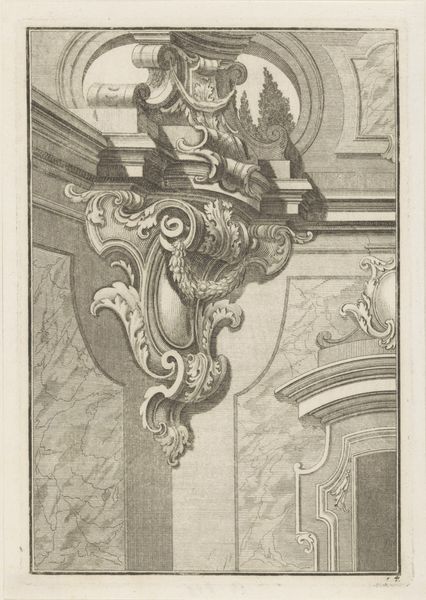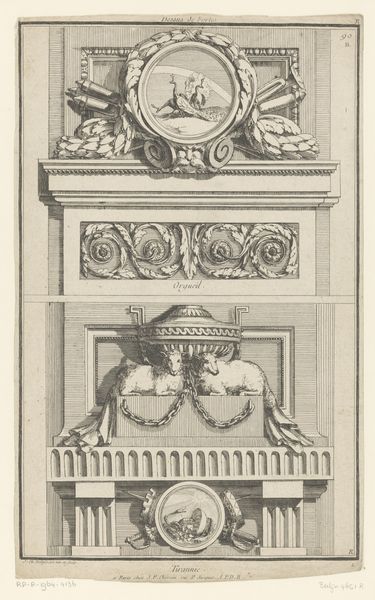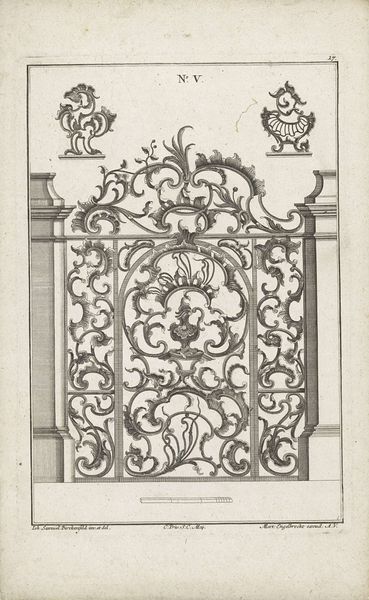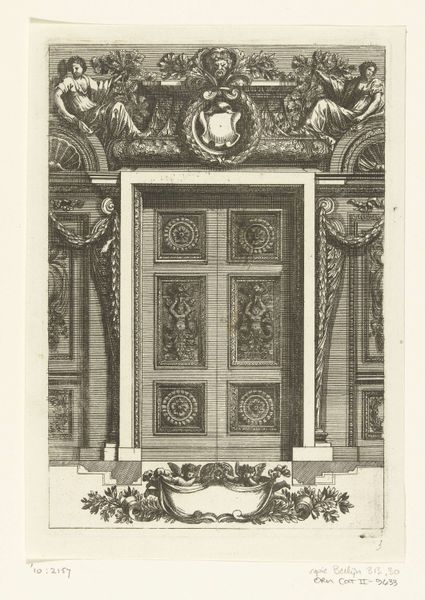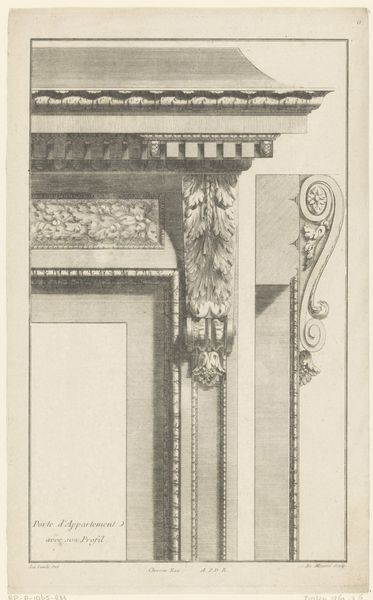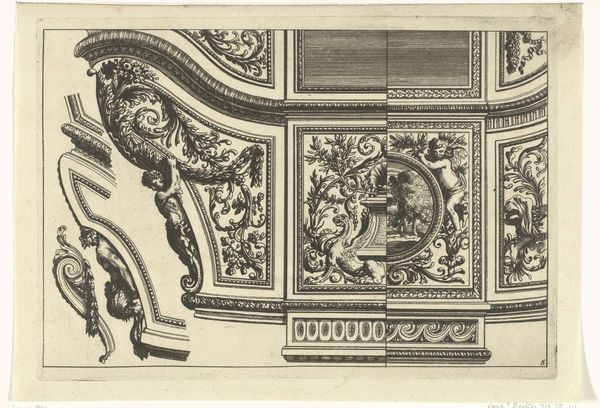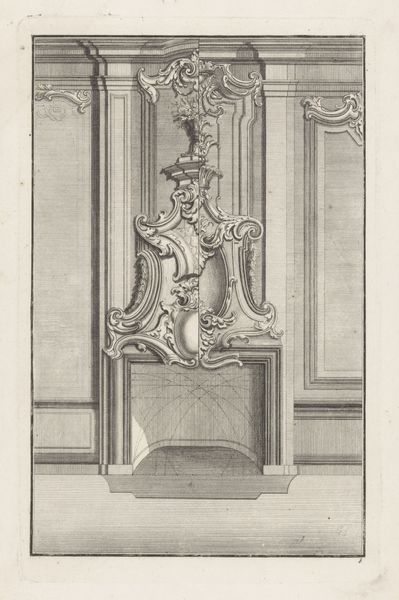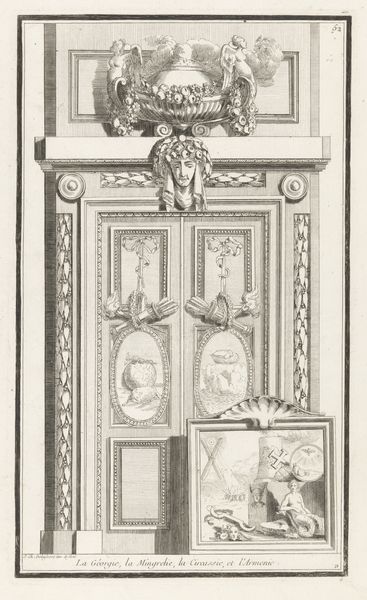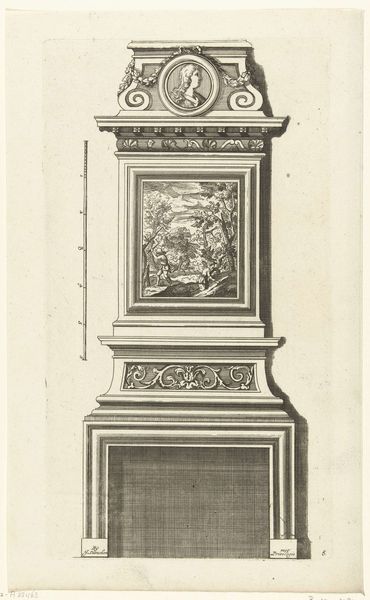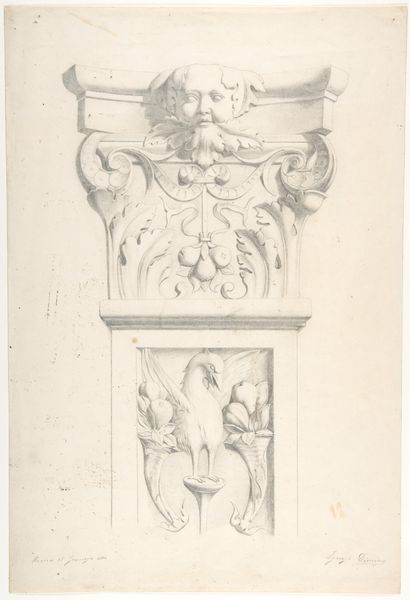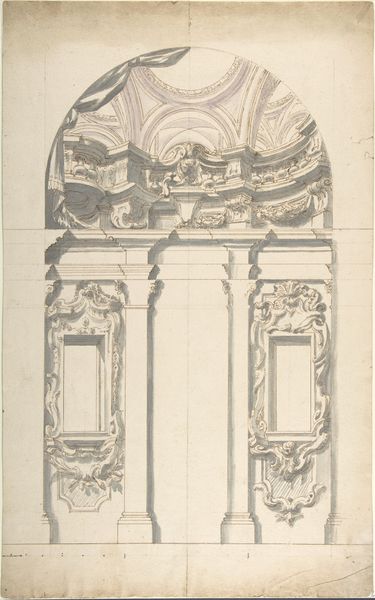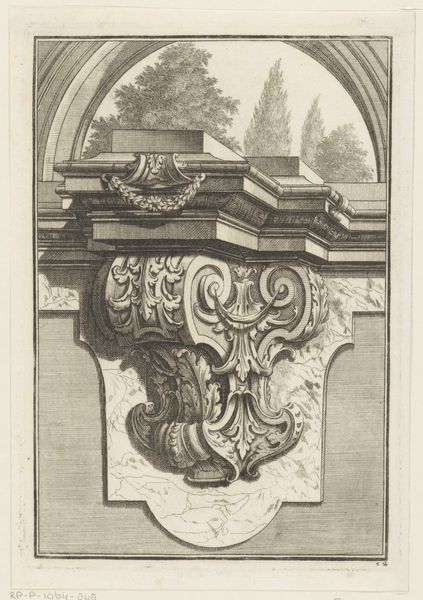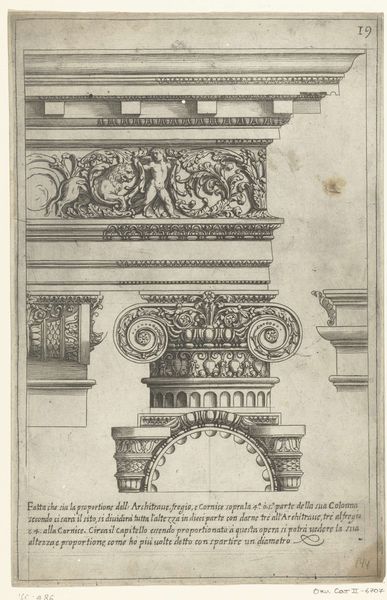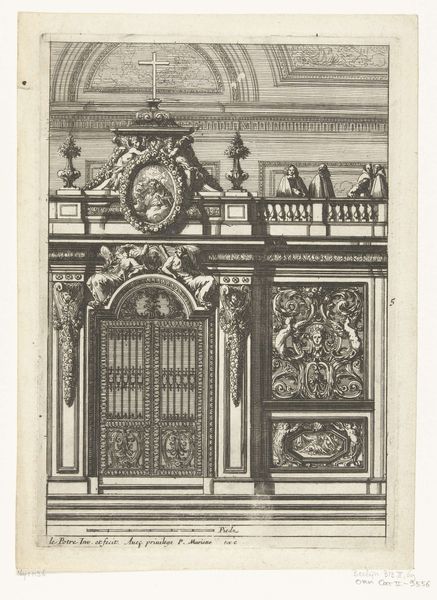
drawing, pencil, architecture
#
drawing
#
form
#
classicism
#
pencil
#
academic-art
#
architecture
Dimensions: 10-1/4 x 8-3/4 in
Copyright: Public Domain
Curator: This is an intriguing drawing titled "Drawing for a Capital," dating back to the 18th century. The artist is currently listed as anonymous. Editor: It's exquisitely rendered! All those curls and frills seem to be overflowing off the page—you can sense how incredibly ornamented monumental buildings were. What more can you tell us about the artistic practice surrounding it? Curator: This piece, now residing at the Metropolitan Museum of Art, is meticulously rendered in pencil. As a study in classical architecture, its existence shines a light on the prevailing tastes of the period and speaks volumes about power structures that were built upon visible shows of elegance and refinement. Editor: Right, pencil wasn't readily available until the 16th century, and even then it remained costly. I imagine architectural drawing workshops had highly skilled specialized artisans dedicated to these drafts—there’s clear stratification in who could execute the building and who conceived the building’s decorative plans. This artifact displays more than pure representation. It shows labor division! Curator: That's a potent observation. If we apply a feminist lens, we must remember gender roles then heavily limited women’s professional mobility in building crafts or any participation in the conceptualization or physical construction of grandiose architecture during this period. So whose social standing benefited? This work highlights gender inequality inherent within hierarchical social structures. Editor: Yes, considering this society’s complex historical dynamics regarding social status based on production value or visibility—what purpose did these luxurious, inaccessible details serve at street-level? Curator: Such displays were critical! Ornate decoration helped communicate messages of supremacy via the construction industry with those capital’s visual strategies acting like visible branding opportunities that reinforced authority over social space using crafted grandeur as a visual rhetorical device… Editor: Well, by examining this detailed pencil drawing and its historical context—it's apparent this capital’s design encapsulates socioeconomic imbalances throughout an entire era… Curator: Absolutely, by interweaving identity dynamics within art appreciation — this perspective emphasizes nuanced understandings about artworks… Editor: I can see we share some interesting observations from our distinct viewpoints! Curator: Indeed—different backgrounds, shared passion, collaborative revelation!
Comments
No comments
Be the first to comment and join the conversation on the ultimate creative platform.
